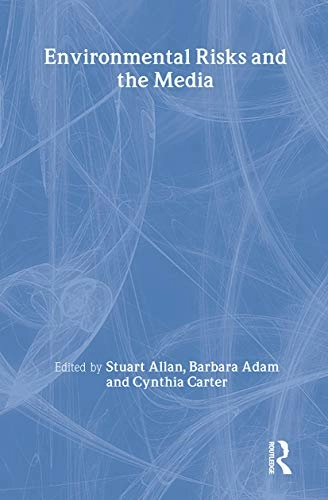

Environmental risks and the media
- Utgiven: 2000
- ISBN: 9780415214469
- Sidor: 294 st
- Förlag: Routledge
- Format: Inbunden
- Språk: Engelska
Om boken
Åtkomstkoder och digitalt tilläggsmaterial garanteras inte med begagnade böcker
Mer om Environmental risks and the media (2000)
2000 släpptes boken Environmental risks and the media skriven av Stuart Allan, Barbara Adam, Cynthia Carter. Den är skriven på engelska och består av 294 sidor. Förlaget bakom boken är Routledge.
Köp boken Environmental risks and the media på Studentapan och spara pengar.
Referera till Environmental risks and the media
Harvard
Oxford
APA
Vancouver



















